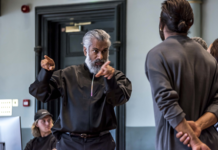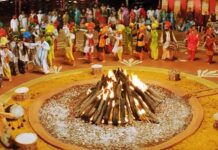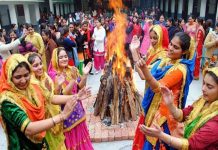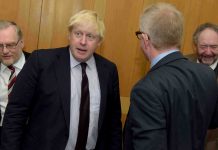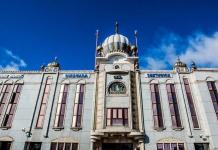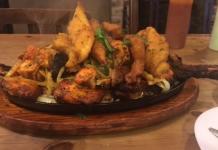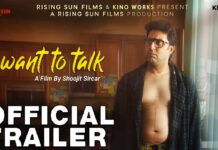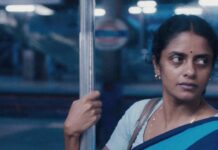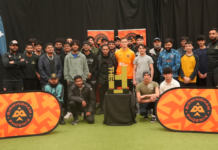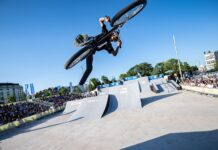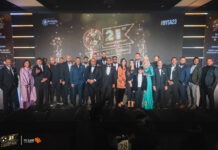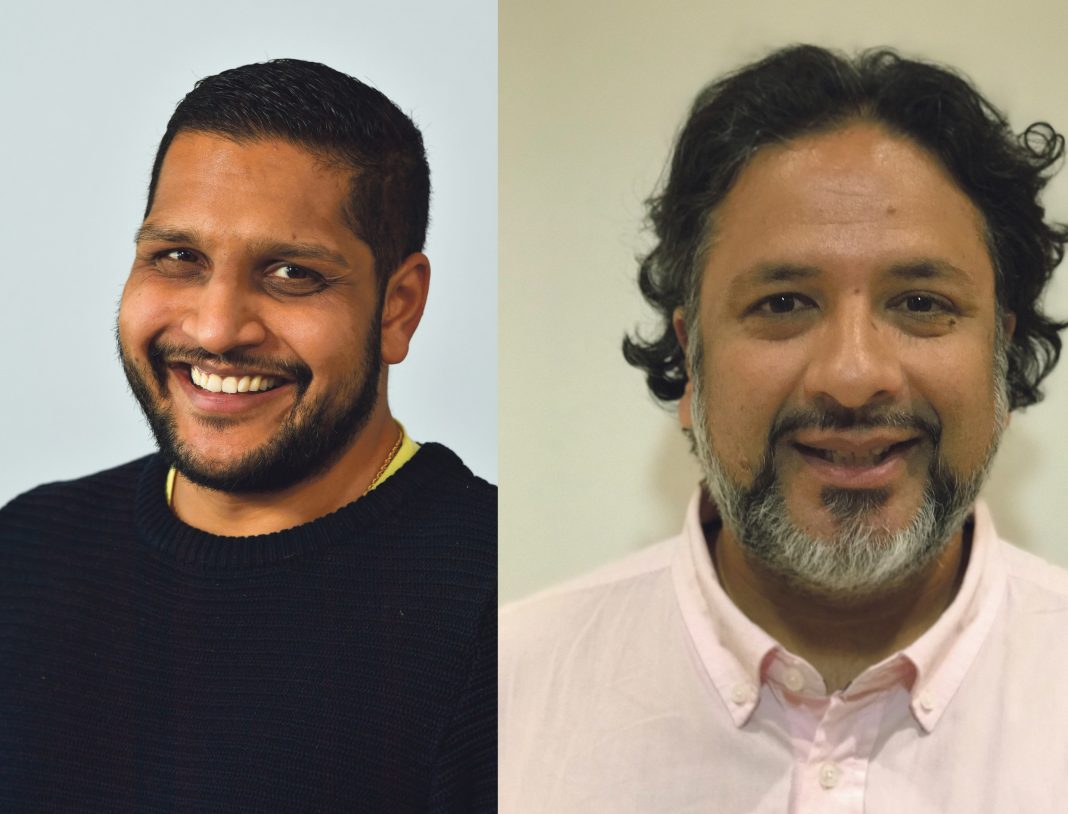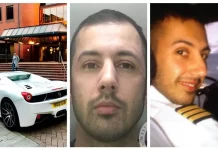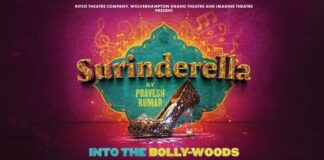Public Health England’s statistics show that over a third (38%) of first time strokes happen in middle aged adults (between the ages of 40 – 69).[i] More first time strokes are now occurring at an earlier age compared to a decade ago and South Asian people are at a greater risk of experiencing a stroke at a significantly younger age.
Stroke survivors, Amit Amin and Ranj Parmar both had a stroke in their late thirties.
Amit said “Although I had seen the Stroke Act F.A.S.T adverts I never thought it would happen to me. I was a young man, I led a healthy life – I didn’t drink or smoke and was not overweight. It was a huge shock to my family and I.”
Amit experienced weakness on his left side and he couldn’t raise his arms. His speech was slurred too, he said “I sounded as though I was drunk but I hadn’t been drinking.”
Amit’s fiancé noticed these signs and acted FAST, “When I got to the hospital I was quickly seen to by a nurse and neurologist. I had a brain scan which revealed a blood clot on the right side of my brain. It was then I knew I had a stroke.”
He goes on to praise the NHS team that treated him “They were brilliant. I was helped by stroke specialists, nurses and psychologists. I also had speech therapy and physiotherapy. I made a good recovery, regaining my motor skills and ability to speak which is amazing. I had issues with my memory but that is getting better. The only residual issue I have is impaired vision which means I can’t drive.”
At the time Amit wasn’t aware that South Asians were at a higher risk of stroke and were more likely to have a stroke at a younger age than the white population. Neither did he know how important it was to act FAST when you notice any one the signs of stroke.
Now he strongly advocates the importance of South Asians being aware of the signs of stroke and acting FAST “Because of the heightened risk within our community we need to be more aware of the signs of stroke – facial weakness, arm weakness and slurred speech. Calling 999 as soon as you see even one of the stroke signs in yourself or others is essential. Speedy treatment will help prevent deaths and disability.”
Ranj Parmar said “At the time I didn’t know how serious stroke was until it happened to me and I certainly didn’t think I could have a stroke in my thirties.”
“The day I had a stroke I was walking around the shops and suddenly it felt like someone hit me at the back of my head with a club. I felt an intense pain and started to lose mobility in both arms and neck. It was a terrifying experience.”
“I was rushed to hospital where I had a brain scan that revealed that I had a stroke.”
Like Amit his experience of the NHS team was positive “They were great, the way they quickly got me the medical attention I needed.”
Nine years on, he said “To look at me now, I look normal. I socialize, play light sports and can do most things I want to but the road to rehabilitation was challenging and took a lot of time and effort.”
Following his stroke Ranj co-setup a support group for other stroke survivors and their families – Different Strokes Southampton, affiliated to the national charity Different Strokes. He is committed to raising awareness of the disease “Stroke is still one of the leading causes of death in England. It’s often associated with older people,however the latest research from Public Health England and my story shows that people are having strokes at a younger age. Everyone needs to be aware of the signs.”
“Every minute counts when you have a stroke and calling 999 straightaway can make a significant difference to someone’s recovery and rehabilitation.”
For more information on stroke visit nhs.uk/actfast
[i]Public Health England (2017) ‘Estimated first incidence of stroke in England, 2007 – 2016’


